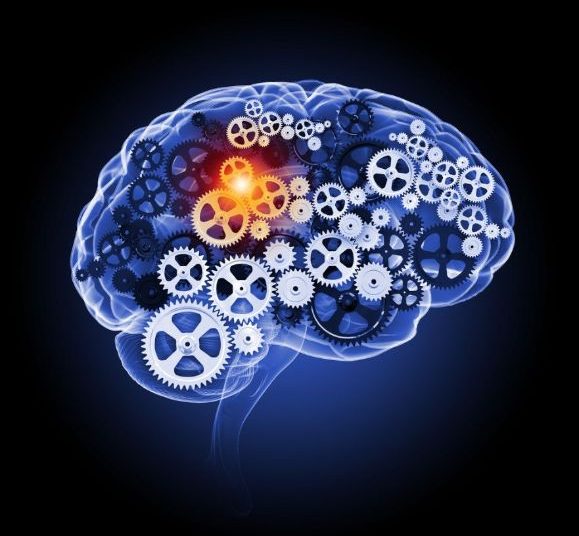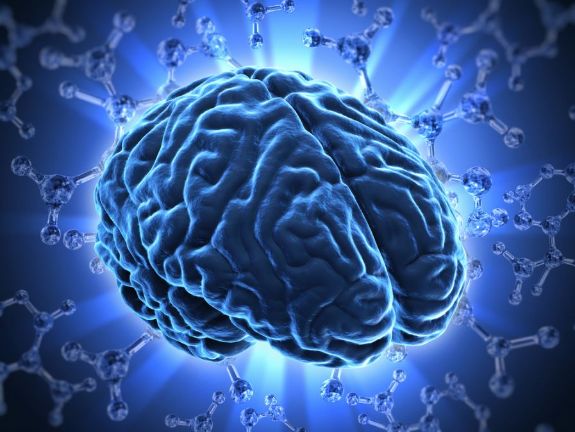
Parkinson’s Symptoms – What You Should Know About This Growing Medical Problem
Parkinson’s disease is a neuro-degenerative disorder that results in involuntary movements of the body. Parkinson’s symptoms usually develop gradually with age and are typically most apparent in the later years of life. The disease results from the destruction of nerve cells that produce dopamine, a chemical in the brain that regulates muscle movement. This loss of dopamine results in the loss of muscle coordination, balance, and gait. As this disease progresses, sufferers can experience difficulty swallowing, speaking, writing, walking, swallowing, breathing, and many other functions that require coordinated use of the body.
Parkinson’s symptoms can be divided into four stages, each divided into several phases. Early on, the disease results in little disfigurement, as the first few motor signs seem to be solely caused by muscle stiffness. Later, as the disease progresses, people can experience drooping eyelids, rigid muscles, loss of speech, increased tremor, and loss of balance. At the latter stage of Parkinson’s disease, uncontrollable rigidity and muscle twitching often accompany speech problems, coordination problems, and a noticeable change in bodily movements. The final stage of Parkinson’s disease is commonly referred to as severe Parkinson’s disease and involves a total decline in bodily functions. While the exact progression of Parkinson’s disease depends on the severity of its first episode, it is possible to foresee a gradual decline in bodily functions.
There are several theories about the causes of Parkinson’s disease, none of which are completely established. Some experts believe that dopamine loss at a crucial stage of Parkinson’s disease results in one sided nerve rigidity, while others believe that one sided rigidity results from decreased levels of another neurotransmitter called acetylcholine. Other experts feel that the early symptoms of Parkinson’s are actually signs of a stress-related problem and that the later symptoms are a direct result of physical deficiencies. Though there is no one theory to completely explain Parkinson’s symptoms, it is clear that they are not solely caused by aging and stress, and are most likely hereditary.


Using Levodopa to Help Control Parkinson’s Symptoms
The cause of Parkinson’s disease, also known as Parkinson’s neuromusculoskeletal disorder, remains unknown, but a variety of factors including viral, bacterial and autoimmune processes are suspects. Parkinson’s symptoms generally include motor loss (lack of coordination), loss of speech, drooling, rigidity and poor balance. In early stages of the disease, the sufferer may only exhibit slight Parkinson’s symptoms, which include: poor balance, stiffness of muscles and tremor. As the disease progresses, more severe Parkinson’s symptoms will be displayed such as: difficulty with swallowing, incontinence, difficulty walking, loss of bladder or bowel control, speech problems, lack of reaction time, uncontrolled movements, body movements and tremors.
When Parkinson’s disease affects the nervous system, the brain sends signals to the body’s muscles to perform a specific task. Unfortunately, the disease causes dysfunctions in those areas that control movement, leaving the Parkinson’s patient unable to perform simple tasks such as picking up a cup and moving it across a room. The result of these difficulties is that the patient experiences what are known as non-motor symptoms. Examples of non-motor symptoms include: rigidity, poor muscle tone, muscle weakness, and changes in gait (too much or too little movement). While all of these symptoms can be disabling and embarrassing for the Parkinson’s patient, there are two main theories regarding how to best treat them.
The traditional treatment for Parkinson’s is therapy, which aims to help control symptoms by altering brain chemistry. Therapy aims to address two areas that are believed to be behind Parkinson’s: nerve cell damage and reduced dopamine production. Since nerve cells send signals between brain cells, disorders in these areas can directly affect brain function. Certain drugs, particularly levodopa, are believed to help control dopamine levels by increasing the flow of dopamine into the brain. Other medications, such as clonidine and norgestimate, are believed to do the same by controlling blood flow to the brain. These medications can be taken orally and are available mostly as syrup or capsules.
Learn More About Parkinson’s Symptoms
Parkinson’s disease, also called Parkinsonism is a degenerative disorder of the central nervous system that results in involuntary movements and speech problems. The disease is mostly seen in middle age but also can be seen in children and infants. It has no known cure and is considered one of the more serious forms of Parkinson’s disease, but luckily there are many treatment options available for those with mild Parkinson’s symptoms who just want to live a normal life without having to have many of the classic Parkinson’s symptoms.
One of the classic symptoms of Parkinson’s is the inability to hold oneself still and walk properly, which is called Parkinson’s rigidity. The rigidity is caused by the dopamine chemicals in the brain not being able to get where they need to go in the brain. Another sign of Parkinson’s symptoms is uncontrolled shaking, which can be very uncontrollable, causing even more problems for the sufferer. These shaking motions often occur when one is feeling anxiety or even panic. Often these early symptoms of Parkinson’s disease are only noticed when the person gets older and begins to experience the other symptoms of Parkinson’s, but they never bother the individual while the disease was young. But the early symptoms can be difficult to spot during the earlier stages of the disease.
Parkinson’s symptoms may include one or several of the following: parkinsonian rigidity, uncontrollable shaking, trembling or jerking movements, a slowed movement (but still able to cope with simple tasks), a slowing speech (but still able to express the sounds of voice normally), sometimes poor grooming (such as losing hair on the scalp and losing eyebrows), stiffness of muscles, lack of balance, and poor coordination of muscles (such as the movement of the eyes). All of these symptoms may be present at one time or another. More severe variations of Parkinson’s disease may include bradykinesia (difficulties with muscle movement), dystonia (a motor difficulty that results in writhing and twitching), and Parkinsonism (a motor condition that results in the movement of the arms, legs, and sometimes the face and body). Because the symptoms of Parkinson’s disease can vary so greatly, it is important to seek medical consultation for an evaluation and possible treatment.

Parkinson’s Symptoms – What You Should Know About This Growing Medical Problem
Parkinson’s disease is a neuro-degenerative disorder that results in involuntary movements of the body. Parkinson’s symptoms usually develop gradually with age and are typically most apparent in the later years of life. The disease results from the destruction of nerve cells that produce dopamine, a chemical in the brain that regulates muscle movement. This loss of dopamine results in the loss of muscle coordination, balance, and gait. As this disease progresses, sufferers can experience difficulty swallowing, speaking, writing, walking, swallowing, breathing, and many other functions that require coordinated use of the body.
Parkinson’s symptoms can be divided into four stages, each divided into several phases. Early on, the disease results in little disfigurement, as the first few motor signs seem to be solely caused by muscle stiffness. Later, as the disease progresses, people can experience drooping eyelids, rigid muscles, loss of speech, increased tremor, and loss of balance. At the latter stage of Parkinson’s disease, uncontrollable rigidity and muscle twitching often accompany speech problems, coordination problems, and a noticeable change in bodily movements. The final stage of Parkinson’s disease is commonly referred to as severe Parkinson’s disease and involves a total decline in bodily functions. While the exact progression of Parkinson’s disease depends on the severity of its first episode, it is possible to foresee a gradual decline in bodily functions.
There are several theories about the causes of Parkinson’s disease, none of which are completely established. Some experts believe that dopamine loss at a crucial stage of Parkinson’s disease results in one sided nerve rigidity, while others believe that one sided rigidity results from decreased levels of another neurotransmitter called acetylcholine. Other experts feel that the early symptoms of Parkinson’s are actually signs of a stress-related problem and that the later symptoms are a direct result of physical deficiencies. Though there is no one theory to completely explain Parkinson’s symptoms, it is clear that they are not solely caused by aging and stress, and are most likely hereditary.






















